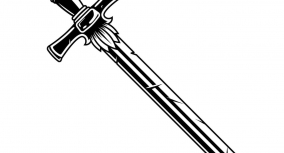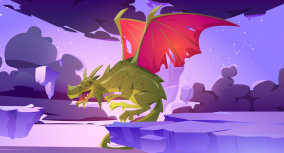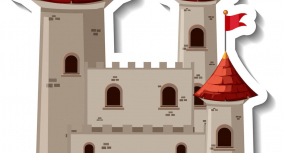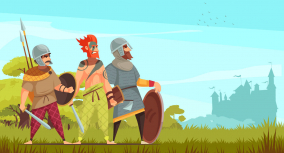Rising action features the conflicts and challenges of the characters in a fictional plot. The story escalates when all the characters start experiencing various negative things. In Beowulf, rising action takes place between Grendel’s attack on the mead-hall and Beowulf’s battle with Grendel’s mother. The latter marks the climax of the poem.
Any fictional story has one of the several possible conflicts: person vs. another person, nature, society, supernatural forces, or self. As a rule, authors introduce the central conflict through the challenges that the characters come across. This point in a narrative is called rising action.
To define the rising action in Beowulf, we should first determine the type of the main conflict (as there are more than one). Having analyzed the text, one can conclude that the narrative turns upon the conflict between a person and supernatural forces. Most scholars call it a clash between good and evil.
Therefore, the action starts rising when Grendel bursts into Heorot, killing many people. Then Beowulf tears off his hand, and the monster runs away to dies. The next night, Grendel’s mother comes to revenge on the people for her son. She collects Grendel’s hand and a warrior from Heorot to kill him. The warrior was the closest advisor to Hrothgar, so the loss was even more painful. His head was found on the swamps where the monsters lived. At this point, the rising action flows into climax. Beowulf fights the monster’s mother.
However, there is another battle in the narrative, the one with the dragon. It also has a rising action, when the dragon destroys people’s homes and kills them. The peak is reached when all the young warriors, except Wiglaf, flee in fear. When Beowulf fights the dragon with Wiglaf, the conflict reaches its climax.
Thank you for reading this article! If you are looking for essay title ideas on Beowulf, take a look at our essay topic collection or try using our title-generating tool.































